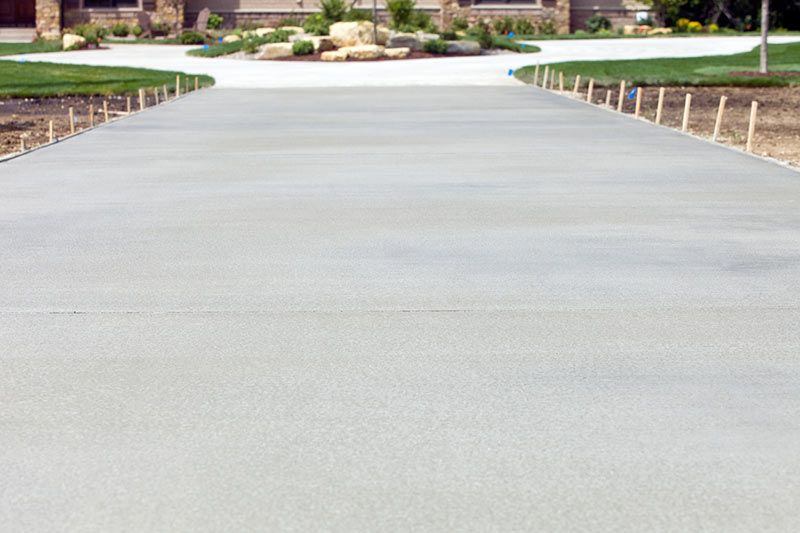
Identifying Your Needs for Concrete: How Much Do You Need And What Type Is Required?
At Best Concrete Mix Corp., we can work with you directly to determine the best type of concrete necessary for your project. The type you use might vary depending on whether you’re building a full basement, a bridge, waterways or a foundation for a high-rise building.
Types Of Concrete
Best Concrete Mix Corp. offers a wide variety of concrete types to suit all sorts of industrial, governmental and residential projects.
Pervious Concrete
This type of porous or permeable concrete allows water from runoff to pass through it. It makes a great choice for stormwater infrastructure, roadways, sidewalks, patios and noise barriers, among others, and it has several other environmental benefits, including mitigation of pollutants, minimizing flash flooding, and protecting streams and water-based ecosystems.
Gunite Concrete
This type of unique concrete can be sprayed via air pressure onto surfaces at a high speed, making it ideal for structures that are curved, such as skate parks, domes and bridges. For residential customers, gunite concrete is a great choice for swimming pools because of its smooth surface and overall versatility.
High-Strength Concrete
This type of concrete generally has a compressive strength of 6,000 psi or more, making it suitable for applications where the structure to be built above it is large, such as a high-rise building, or any application where the pouring of the concrete surpasses a depth of 2 inches. Projects that utilize high-strength concrete include bridges, because it allows girders to be placed further apart than usual, as well as parking decks, curbs and ramps.
Flexural Strength Concrete
Flexural strength is slightly different from high-strength concrete in that it refers to the amount of tensile load the concrete can bear before failing, which basically means how far it can bend or stretch before it breaks or cracks. The location of a concrete structural element determines how much flexural strength it needs. First-floor columns, for instance, need more flexural strength compared to concrete used for non-load-bearing walls.
High-Early Concrete
This type of rapid-setting concrete is designed for quick construction projects, especially those that take place in cold weather. However, the same properties that allow it to be quick-setting also contribute to eventual cracking and increased shrinkage. Projects where high-early concrete might be used include concrete pavement repairs, airport pavement, concrete overlays, on-site precast applications and new pavement for a busy highway to minimize the duration of road closures.
EPS Concrete
This specialized type of high-grade concrete is known for being lightweight. It’s made from a combination of cement and expanded polystyrene, and most of its applications are within so-called green commercial buildings or homes.
How Much Concrete Do I Need?
At Best Concrete Mix Corp., we can work with you directly to estimate how much concrete you need based on the size and volume of your project.
Concrete is generally ordered in cubic yards. To find the amount, multiply the length by the width by the depth of your project. For example, if you’re pouring a concrete slab, the formula might look something like this:
- Length (12 feet) x Width (12 feet) x Depth (4 inches or 0.35 feet) = 50.4 cubic feet
Then take the number of cubic feet and divide it by 27 to find the number of cubic yards.
- 4 / 27 = 1.866666667 cubic yards
Add 10 percent or so to account for spillage and depth variations and you end up with about 2.04 cubic yards.
Best Concrete Mix Corp. For All Your Concrete Pouring Needs
For more specific information on the type of concrete best for your project or to get some advice on how much you may need to complete it, contact Best Concrete Mix Corp. in Flushing, New York. For general inquiries, call 718-539-5946, or to place an order, call 718-539-5946.


